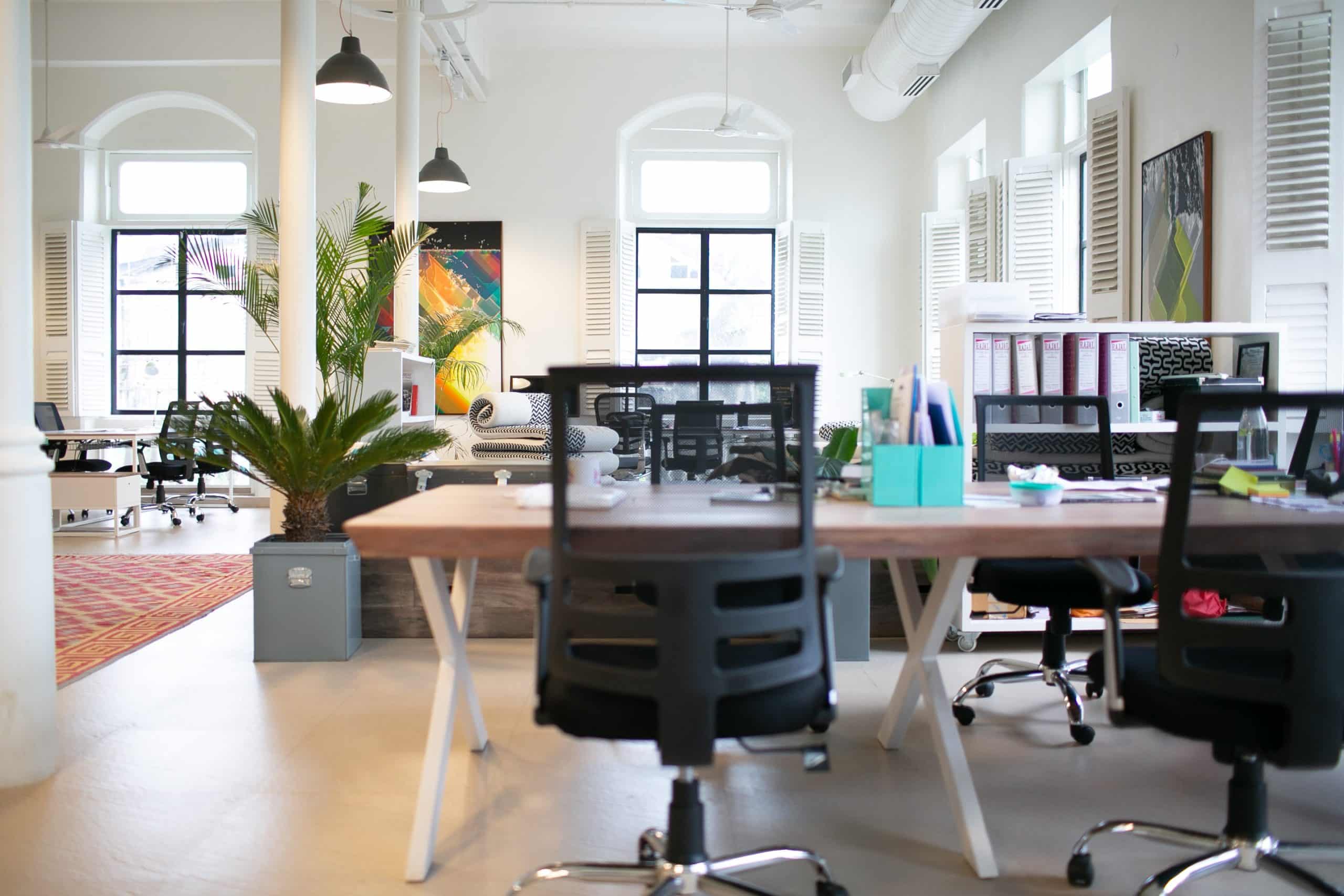Co-working spaces have undergone a remarkable transformation in recent years, reflecting the changing dynamics of work culture and the evolving needs of professionals.
For professional office fit-out contractors, designing these versatile environments requires a deep understanding of functionality, flexibility, and aesthetic appeal. Here, we explore the key design considerations and the evolution of co-working spaces.
The Evolution of Co-working Spaces
The concept of co-working spaces emerged in the early 2000s as a solution for freelancers and start-ups seeking cost-effective office environments. Initially, these spaces prioritised affordability and connectivity, offering basic amenities like shared desks and high-speed internet.
Over time, the co-working model expanded to accommodate a broader range of professionals and businesses. Today, co-working spaces cater to diverse industries, from tech startups to creative agencies and even corporate teams.
Modern co-working spaces emphasise collaboration, innovation, and community, transforming traditional office setups into dynamic environments designed to inspire productivity and creativity.
Key Design Considerations
Creating an effective co-working space requires a balance between functionality, aesthetics, and adaptability. Here are the primary design considerations for these dynamic workspaces
Flexibility in Layout
Flexibility is at the heart of co-working space design. As users often have varying needs, the layout should accommodate both individual work and collaborative efforts. Modular furniture, moveable partitions, and convertible workstations allow users to adapt the space to their requirements, whether for private focus or group brainstorming sessions.
Zoning and Space Allocation
To cater to different working styles, co-working spaces should be divided into distinct zones:
Quiet Zones: Areas dedicated to focused, noise-free work.
Collaborative Areas: Open spaces with large tables or lounge seating for teamwork.
Private Meeting Rooms: Enclosed spaces equipped with audio-visual technology for presentations or discussions.
Clear zoning helps maintain balance, ensuring the space meets the needs of various professionals.
Ergonomics and Comfort
Comfortable furniture and ergonomic workstations are essential for prolonged use. Adjustable chairs, height-adjustable desks, and proper lighting ensure user comfort and support health, which is particularly important for businesses aiming to attract long-term members.
Technology Integration
Modern co-working spaces must integrate advanced technology seamlessly. High-speed Wi-Fi, ample charging points, smart lighting, and virtual meeting capabilities are crucial to meeting the demands of today’s workforce.
Technology enhances the user experience, making the space more functional and appealing.
Sustainability
Sustainability is becoming a top priority in co-working space design. Using eco-friendly materials, incorporating energy-efficient lighting, and maximising natural light not only reduce environmental impact but also create a healthier workspace.
Many users value sustainability and are drawn to spaces that reflect these principles.
Aesthetic Appeal
Design aesthetics play a significant role in creating an inviting atmosphere. Co-working spaces often feature modern, stylish designs with an emphasis on natural elements, such as wood, plants, and stone.
Bright colours and unique artwork can foster creativity and vibrancy, while a neutral palette promotes calm and focus.
Community Building Features
As co-working spaces thrive on fostering a sense of community, incorporating communal areas such as kitchens, lounges, or event spaces is vital. These areas encourage networking and informal interactions, strengthening the communal aspect of co-working.
The Future of Co-working Spaces
The rise of remote and hybrid work has accelerated the demand for co-working spaces that offer a blend of flexibility, convenience, and collaboration. Future designs are likely to include:
Enhanced Privacy: With more professionals requiring private spaces, focus pods and acoustic solutions will become increasingly prevalent.
Well-being Features: Incorporating biophilic design, wellness zones, and fitness facilities to prioritise user health.
Smart Workspaces: AI-driven systems to optimise energy use, manage bookings, and personalise user experiences.
Co-working spaces have evolved from simple shared offices to sophisticated environments that blend community, functionality, and design.
For office fit-out contractors, understanding the needs of modern professionals is essential to creating spaces that not only look great but also enhance productivity and well-being.
By focusing on flexibility, technology, and sustainability, co-working spaces can continue to adapt to the ever-changing landscape of work.

